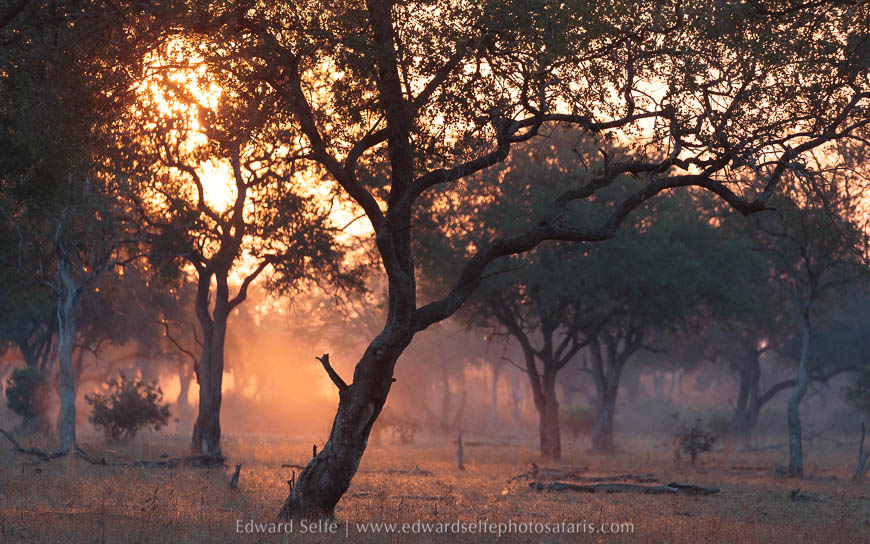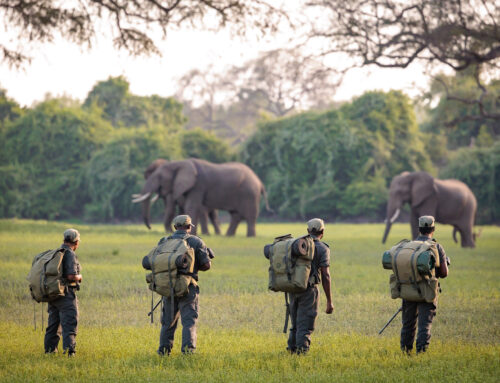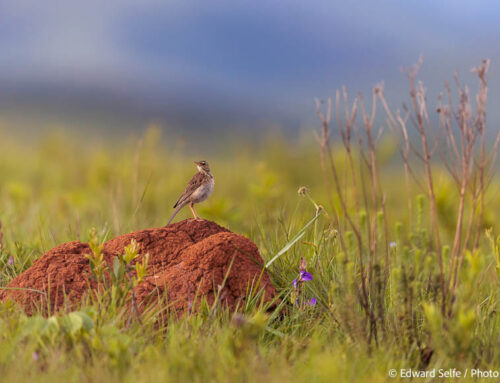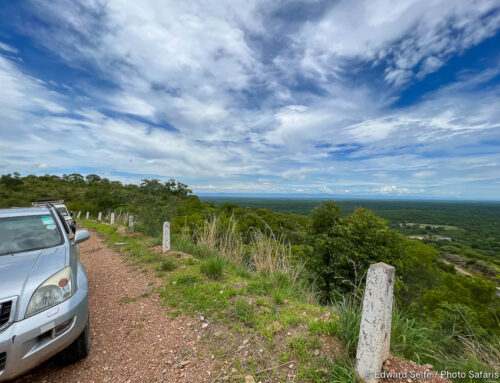July is the first of the “prime” months of safari in the South Luangwa. These months offer the most reliable sightings and often the best light, though there are excellent sightings to be had outside this prime period too.
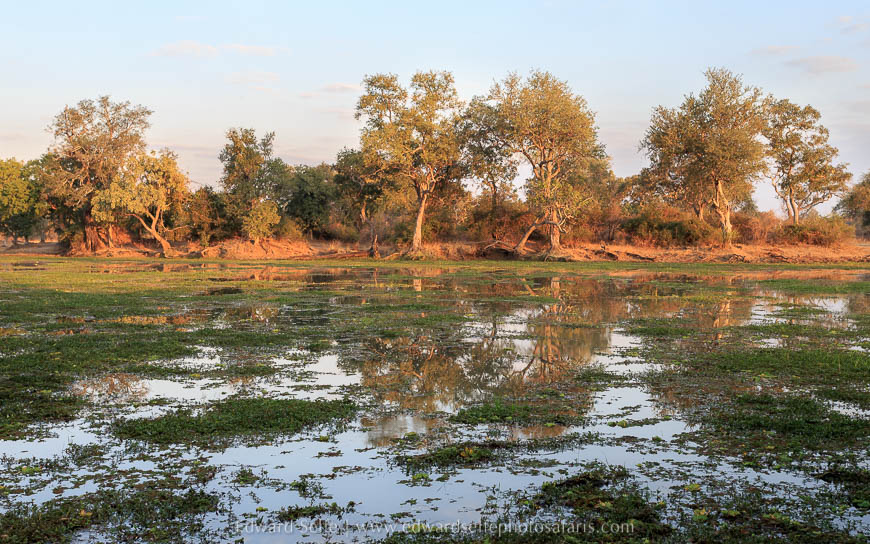
The sightings are largely driven by the ever-decreasing water supply across the Valley. With water only found in the largest lagoons and at the main river, animals are to be found concentrated in these areas, not only for water but for access to the diminishing forage. This is good news for sightings, but less good for hippos whose waterholes are reducing in size daily!
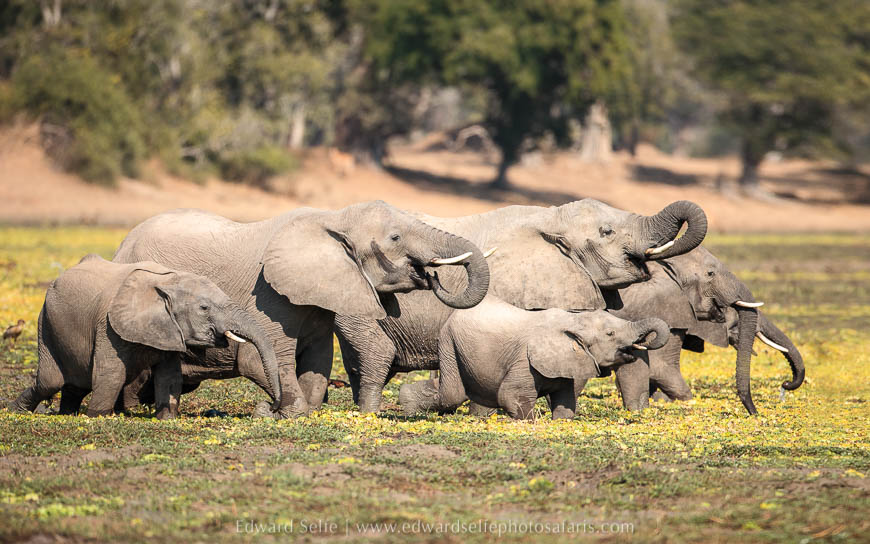
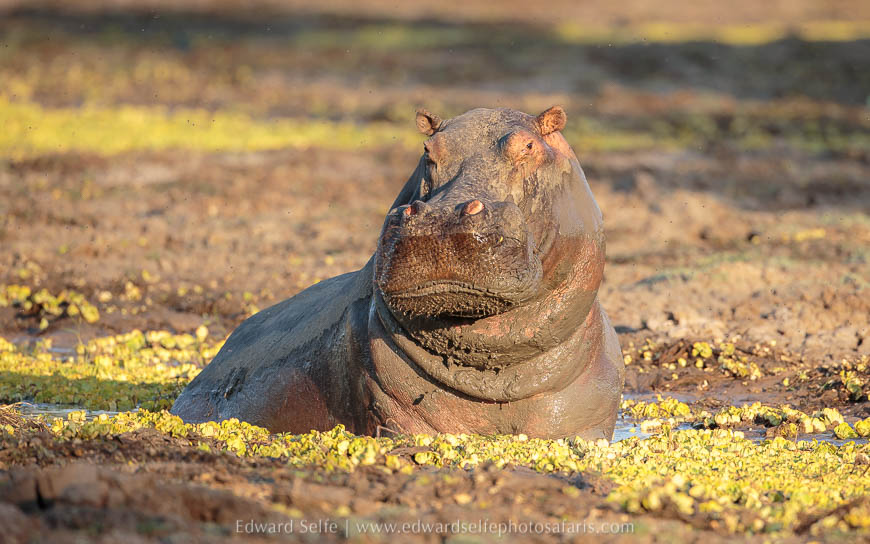
The buffalo herds are beginning to form into large super-herds, with congregations of several hundred regularly spotted. As they descend to the water-holes, the dust and noise can be impressive. Even at this stage, those buffalo who are weaker and perhaps older are beginning to show the signs of nutritional stress; skinny animals can be seen dragging their feet at the back of the herd.
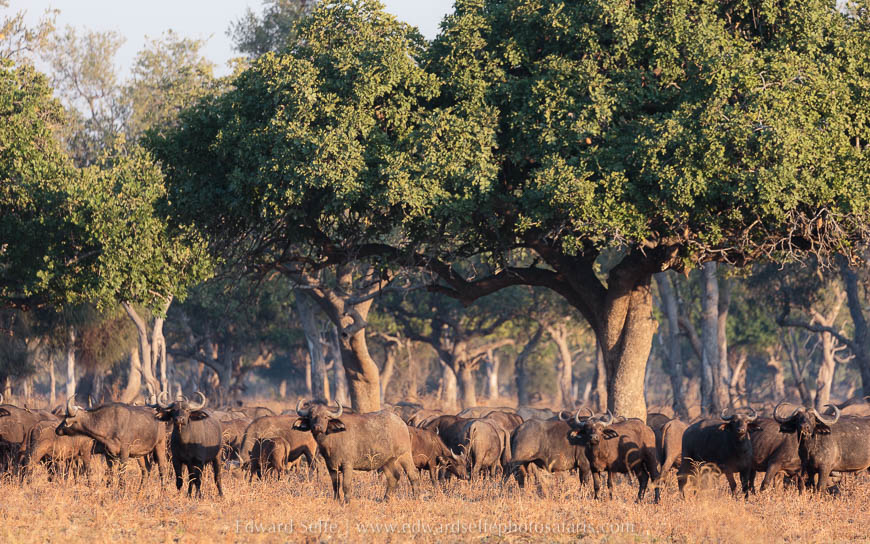
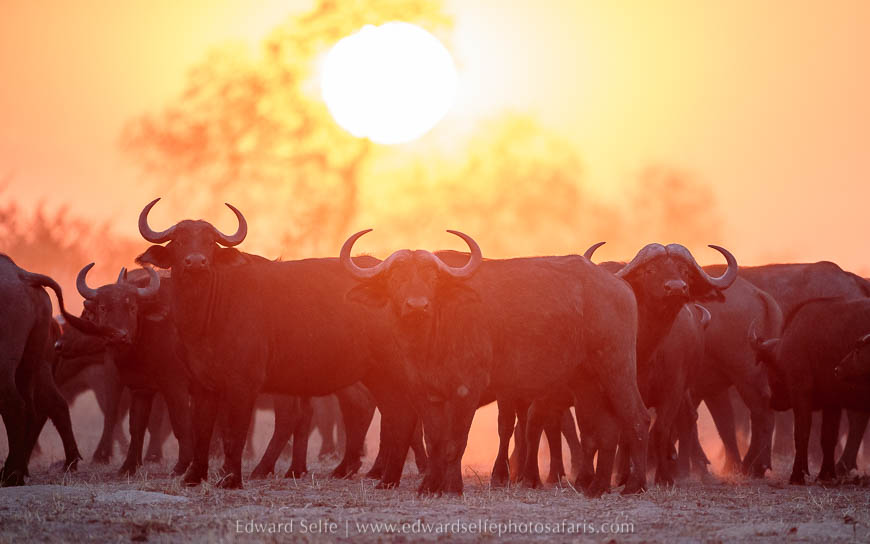
With diminishing water, guinea-fowl can be found in massive groups along the lagoons early in the morning, taking a drink before the air is warm enough to sustain flight for many of the large predatory birds that would make them into a meal. Storks and herons scour the remaining waterways for fish, frogs and insects in the water and surrounding mud. Kingfishers join the feeding frenzy, and it’s a wonder that any fish survive at all.
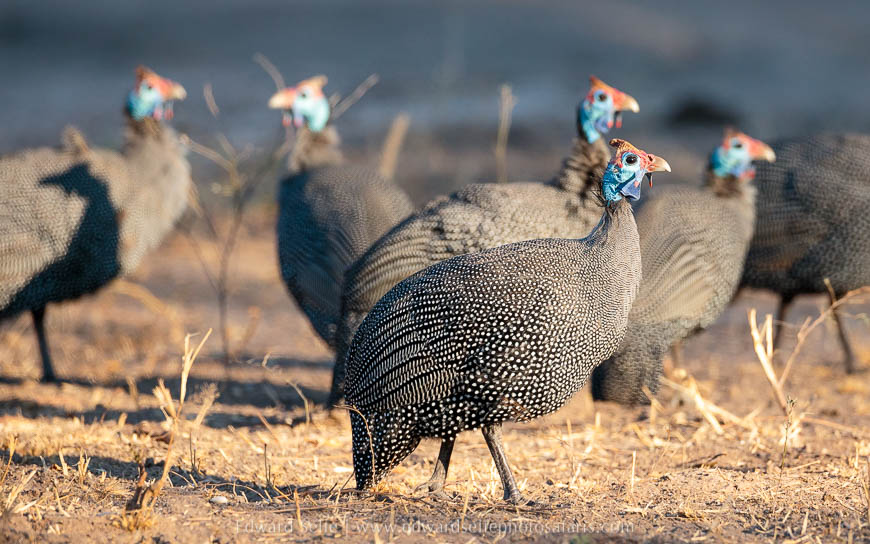
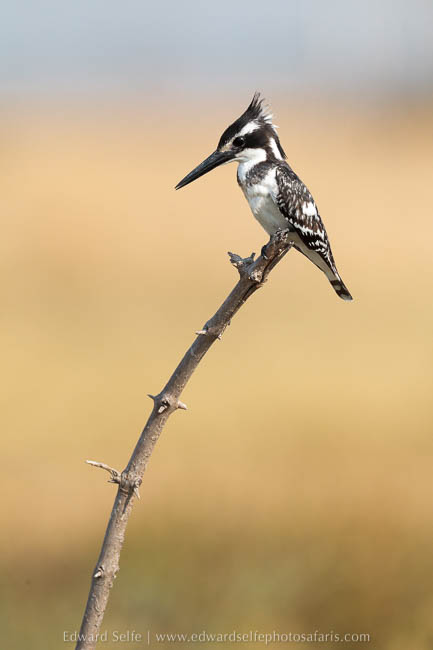
The light loses the clarity that was the defining feature of May and June, and begins to develop its characteristic golden colours. This is a prime time of year to shoot into the light both in the very early morning and when it has risen out of shot.
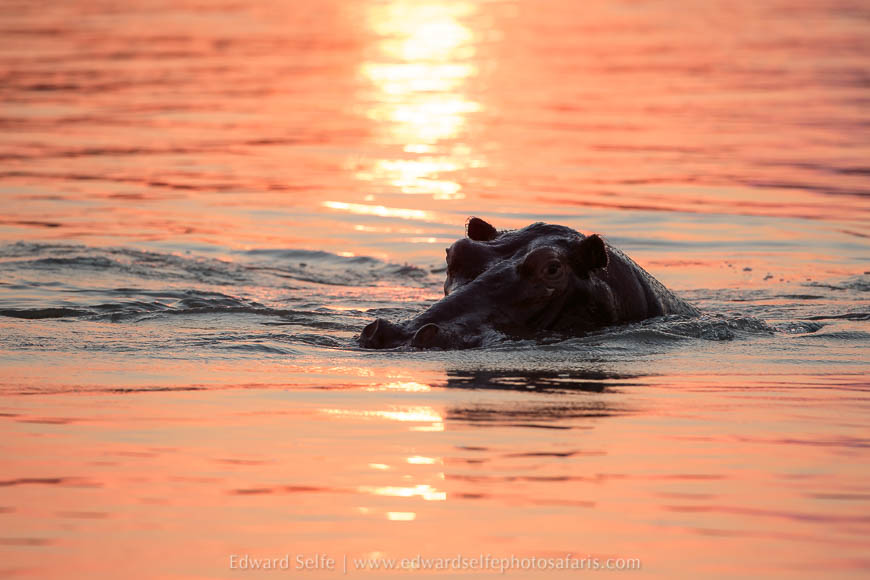
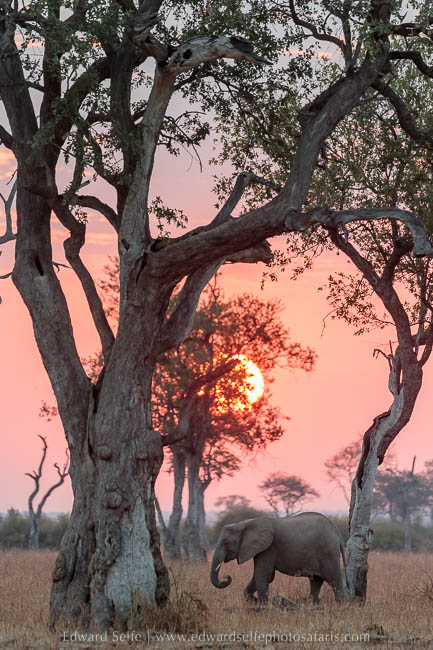
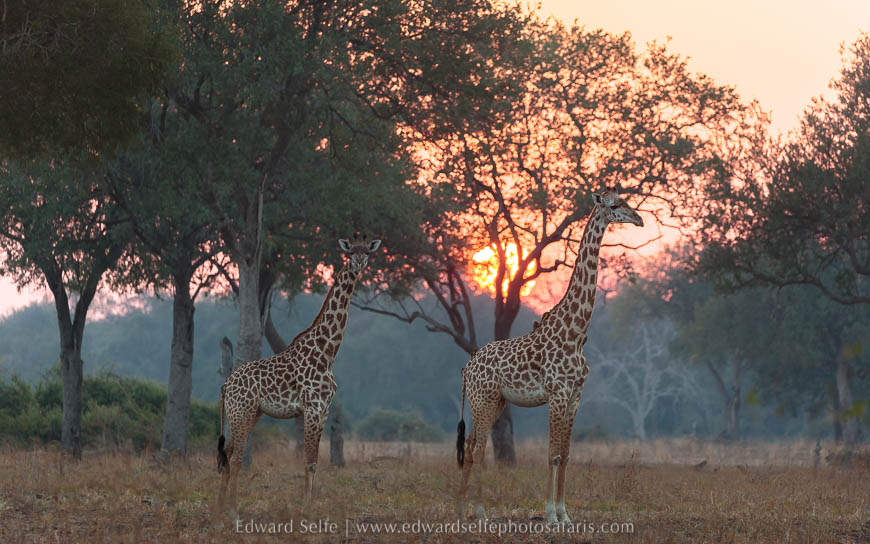
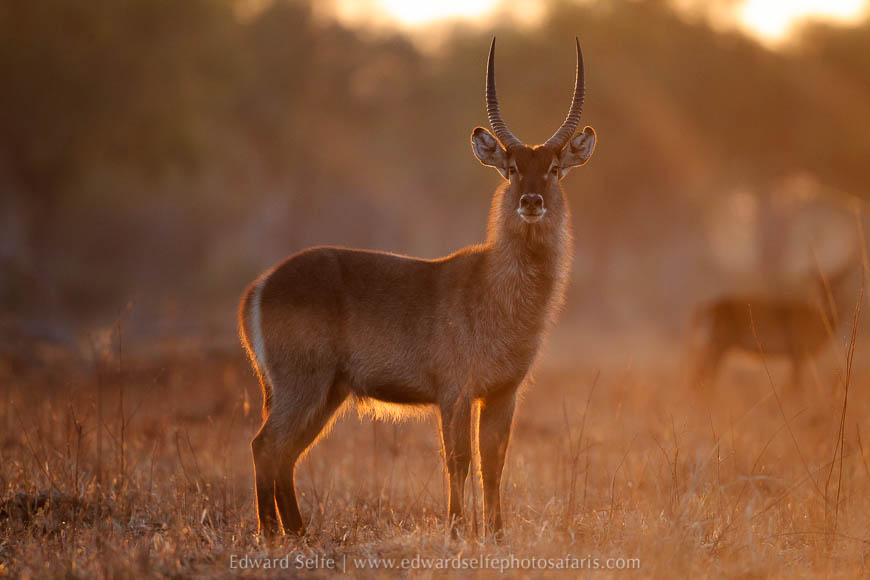
Predators lives are easier in that the prey species are nutritionally challenged, but they themselves also have to access water. For territorial creatures such as leopard, this can force them to cross the territorial boundary of others, sometimes bringing these solitary cats into contact with others. However, given that it is a time of plenty for carnivores, many of them time their birthing during these months, and many of my best leopard cub sightings have been in July.
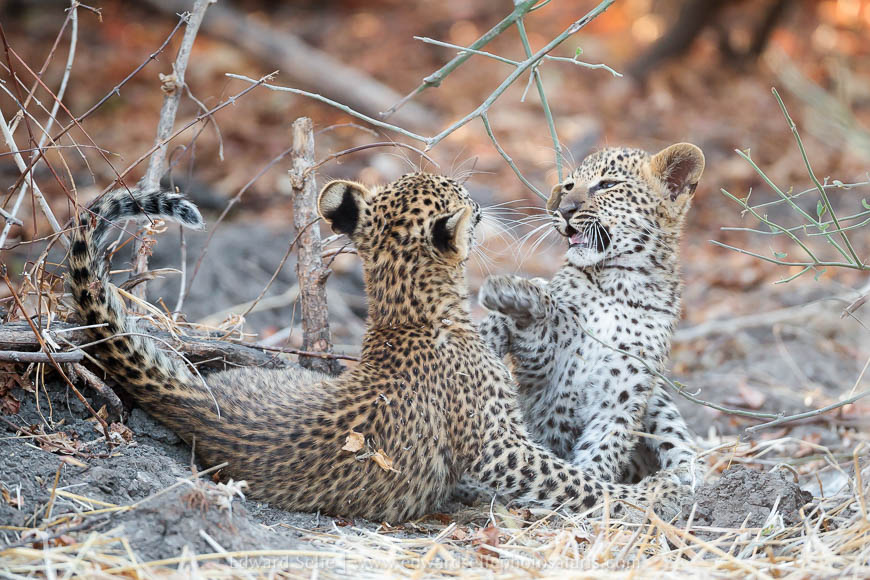
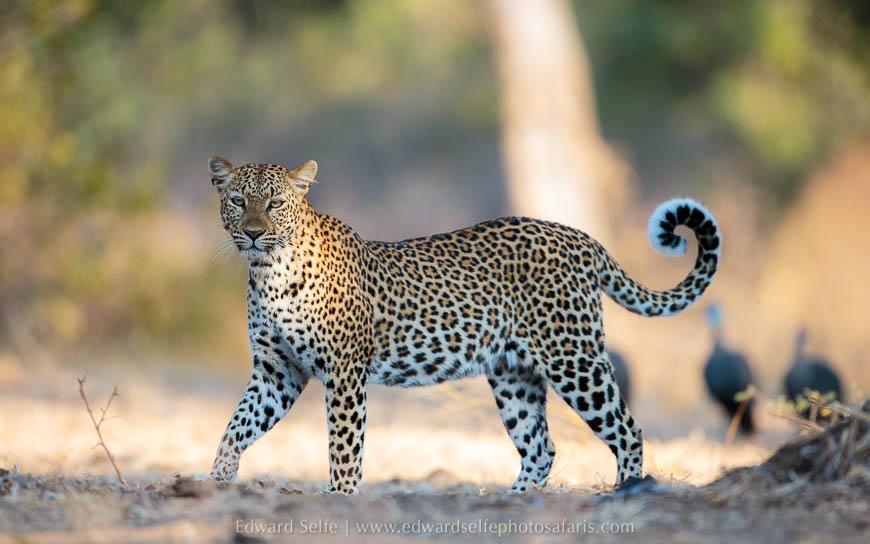
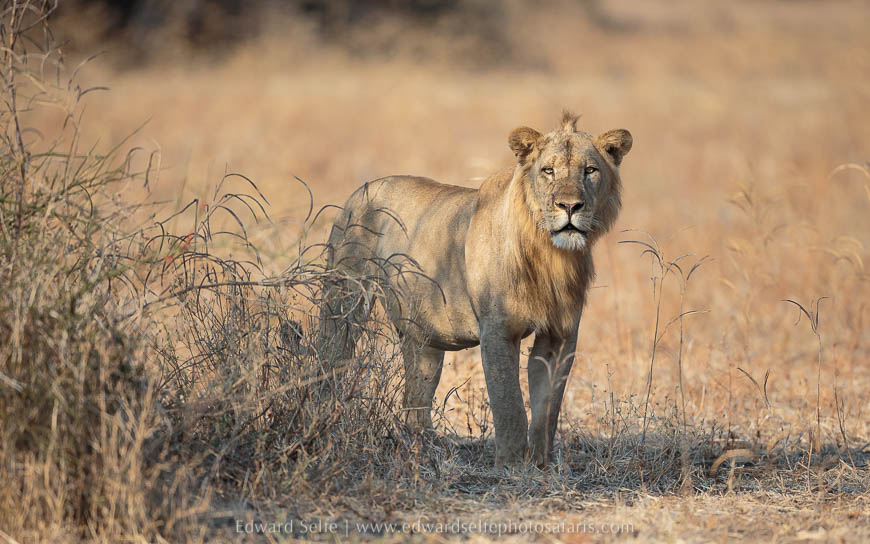
The mornings are still cool – though not as chilly as June – so we enjoy a long window of photo opportunities with good photos possible until as late as 09.00 in the morning. It only starts to get hot at about 10.00 so many wild creatures are still active while the light is good.
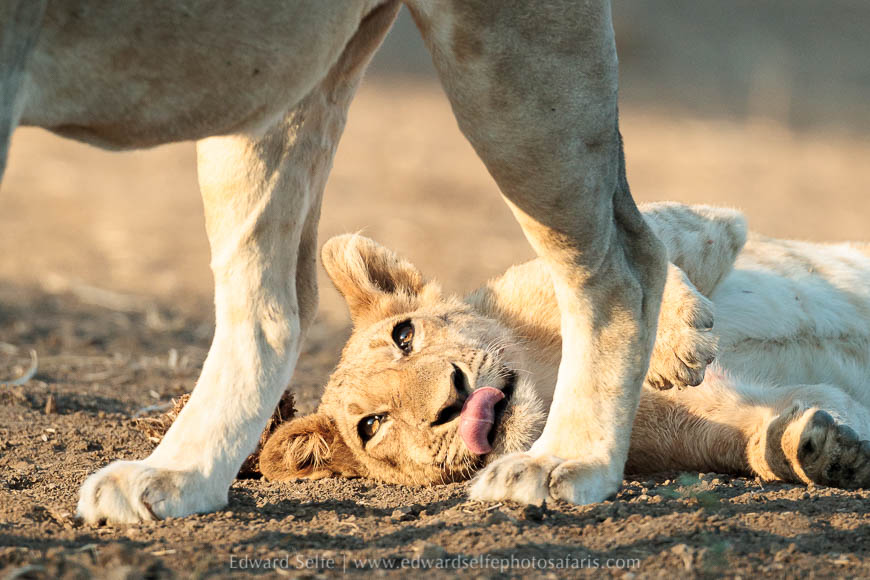
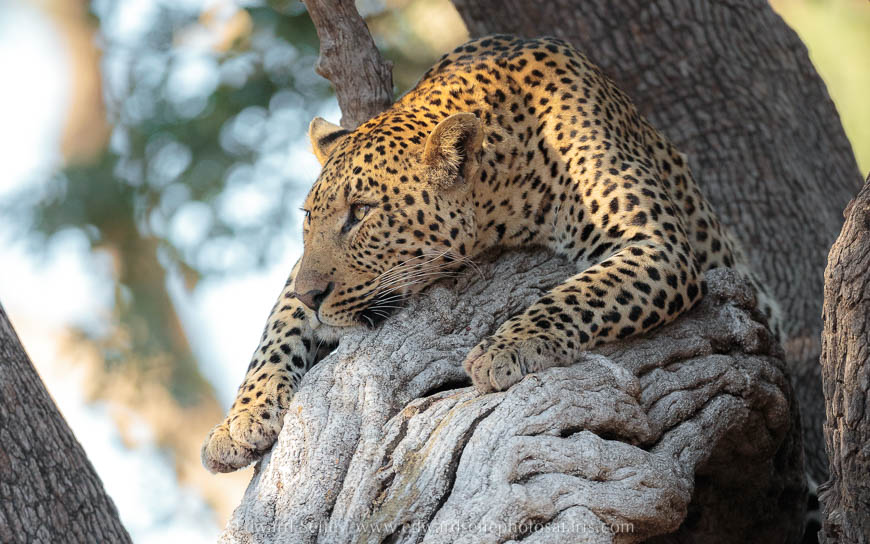
Elephants are to be found moving between the fruiting trees, sampling tamarind, winterthorn, ebony and acacia fruits throughout the day. With the river levels becoming shallow, elephants have no concerns about crossing over to seek feeding opportunities on the other side.
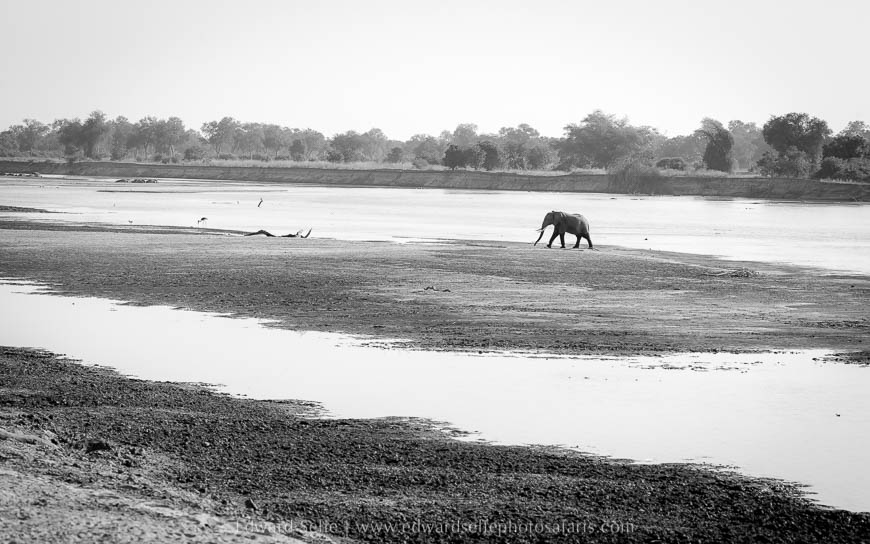
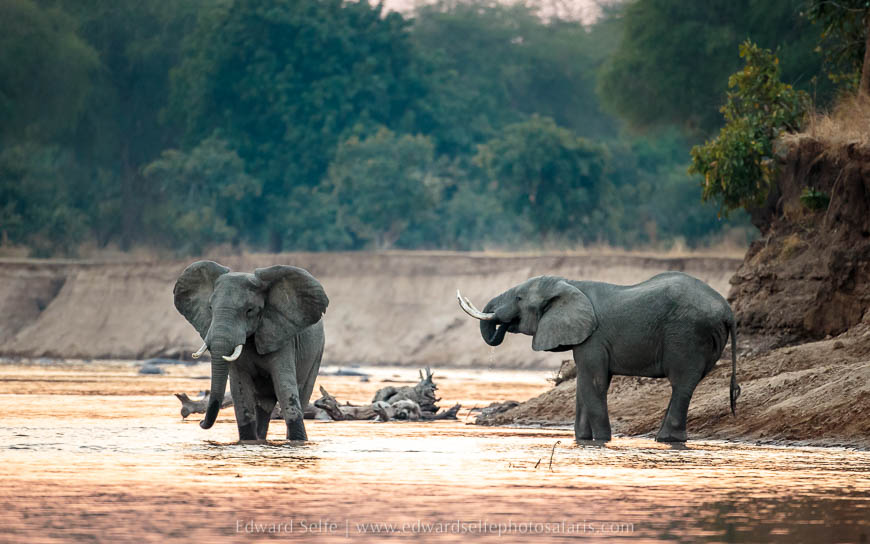
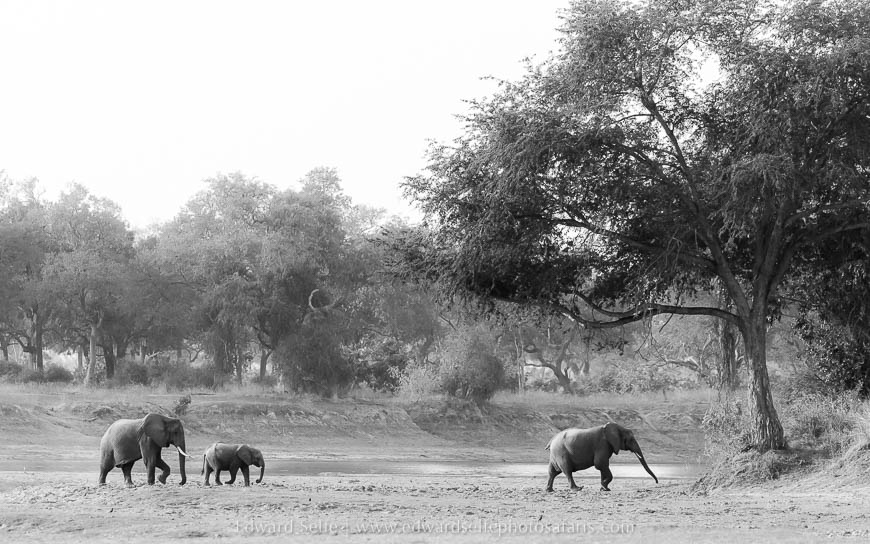
We also enjoy great wild dog sightings as many of the packs have settled down for the denning season, so the hunting adults’ movements can be more easily predicted. From May – August is the only time when this is the case!
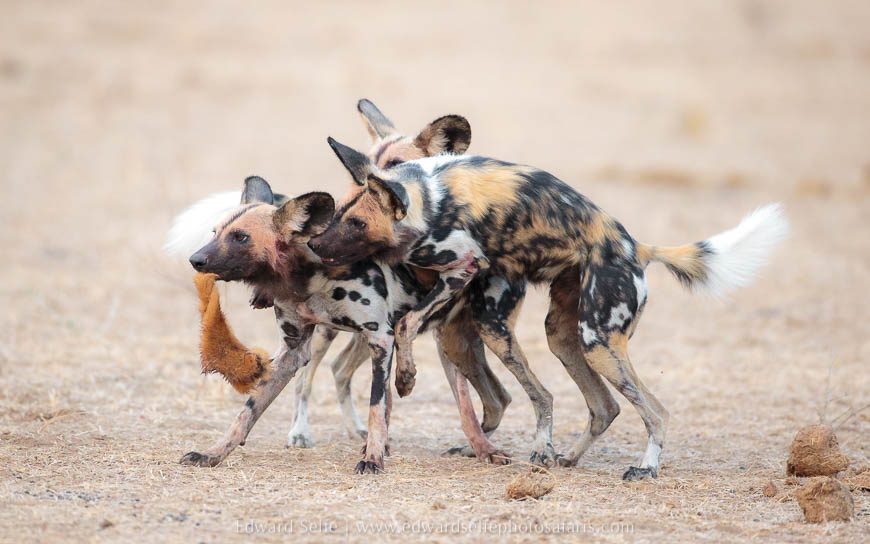
July is a wonderful month, with low temperatures, good game sightings and stunning light. While we may enjoy more drama later in the year, a visit to Luangwa in July is bound to bring in some magic sightings!
